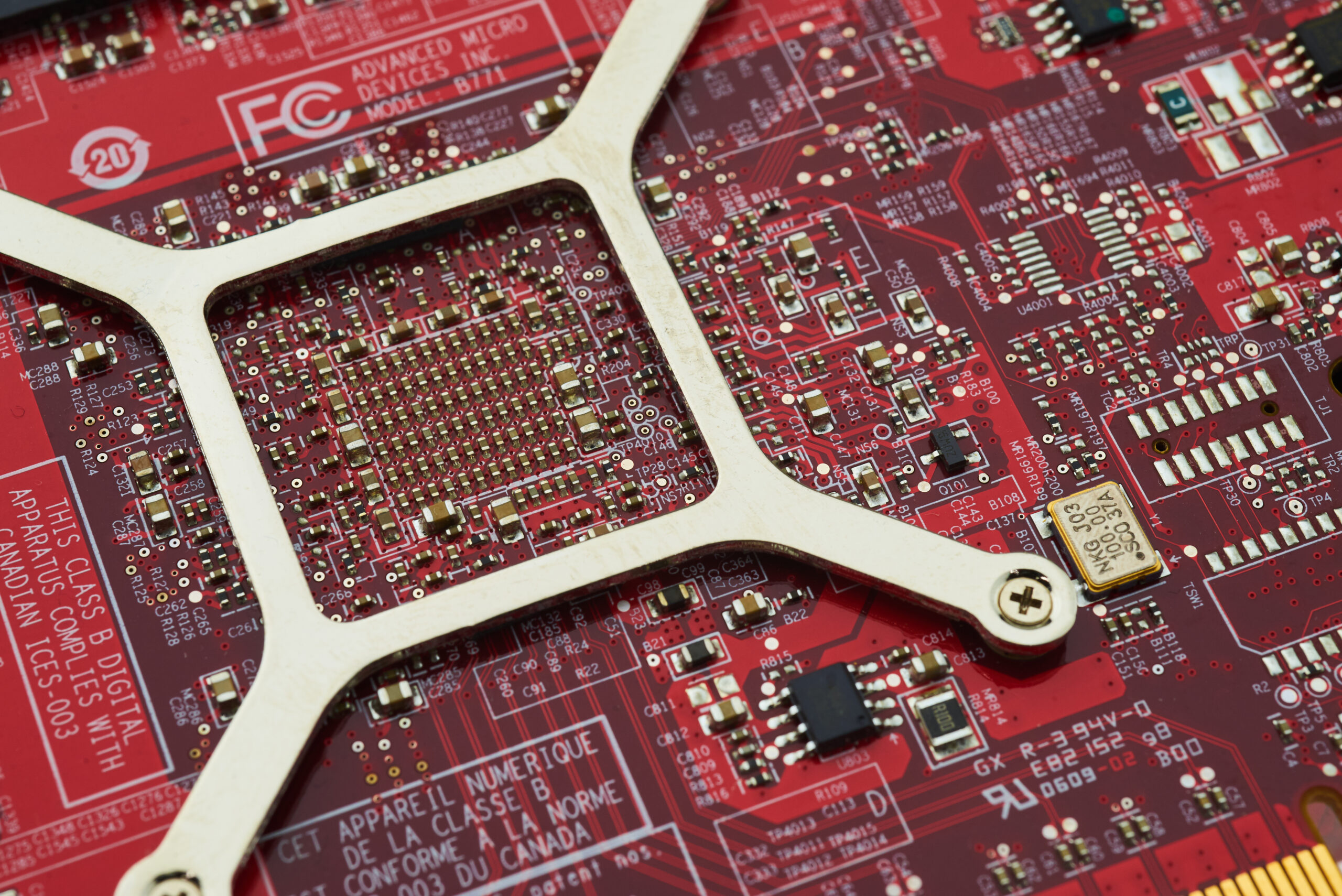Septic Effluent Pump: Your Manual to Selection & Maintenance
Were you aware nearly one in five U.S. homes uses a septic system for sewage treatment? This fact demonstrates the importance of it is to understand about septic wastewater pumps. If you are new to septic systems or considering 24 hour septic service near me, understanding septic pumps is key. It helps with managing sewage at home.
This guide will give you the basics on septic setup pumps. It aids in ensuring your sewage pump operates smoothly and prevents expensive fixes. By gaining knowledge about septic setups and the septic wastewater pump’s function, you can make informed decisions. These decisions will enhance your sewage treatment’s efficiency and lifespan.
Getting to Know the Essentials of Septic Setups
Septic setups are essential for homes not connected to city sewage systems. They process and get rid of domestic sewage. Understanding how they function is important for maintaining them operating efficiently.
What Is a Septic System?
A septic system is an underground arrangement for wastewater treatment. It’s used a lot in rural and residential areas. It breaks down solids and liquids, letting waste to decompose organically with microorganisms. The cleaned water then goes into the soil, finishing the treatment.
Parts of a Septic Setup
The main components of a septic setup are:
- Conduits from the residence
- Septic tank
- Leach field
- Earth
These parts work together to process sewage efficiently. The septic reservoir is where the majority of treatment occurs. The drainfield distributes the cleaned water into the soil.
How Wastewater is Processed
First, sewage enters the septic reservoir. There, it settles. Solids settle to the base, and fats rises. This lets some breaking down happen with natural helpers.
Then, the liquid portion moves to the drainfield. There, the earth filters it more by filtering out bad stuff. This makes the water safe to go back into the ground.
| Part | Description | Role |
|---|---|---|
| Conduits from the residence | Link domestic plumbing to the septic reservoir | Transport sewage to the reservoir |
| Septic reservoir | An underground chamber for initial sewage treatment | Separates solids and fluids for decomposition |
| Drainfield | A network of channels filled with stones | Distributes cleaned effluent into the soil |
| Soil | Organic earth materials | Purifies impurities from wastewater before entering groundwater |
Significance of the Septic Effluent Pump
The septic effluent pump is crucial to a septic setup’s effectiveness. It ensures treated sewage moves out efficiently. Homeowners who use these systems benefit a lot from understanding how it works.
What Is a Septic Effluent Pump?
A septic wastewater pump is made to propel processed fluid from the septic tank to the drainfield. It’s vital when the drainfield is up high. Without it, the system might not function properly, leading to big repair expenses.
How It Functions in Wastewater Treatment
The pump’s task begins after waste materials settle in the reservoir. Then, it transfers the fluid to the drainfield. There, it is purified by soil microorganisms. This keeps the septic system and the surroundings safe.
Selecting the Appropriate Septic Wastewater Pump for Your Requirements
Selecting the appropriate septic wastewater pump is key to a efficient sewage system. There are numerous choices, each suited for different needs. Understanding the types of pumps and what to consider helps make a good choice.
Varieties of Septic Pumps
Here are some primary varieties of septic pumps:
- Underwater Pumps: These pumps work underwater and are best for deep setups.
- Waste Pumps: Designed for transferring sewage, they manage large waste materials and are vital for the system to function properly.
- Wastewater Pumps: These pumps are for moving treated wastewater from the tank to the drain field, maintaining continuous flow.
Factors to Consider When Selecting a Pump
When picking a septic pump, think about these factors:
- Horsepower: Pick a pump with the right power output for the volume of sewage you manage.
- Flow Capacity: Figure out the required flow rate you need for the pump to operate efficiently.
- Depth of Installation: The pump’s installation depth matters, affecting the kind you require.
Recommended Manufacturers and Types
Some manufacturers stand out for their excellence and dependability. Here are a few:
- Zoeller Pumps: Offers reliable sewage and underwater pumps.
- Liberty: Produces a variety of effluent and waste pumps for durable performance.
- Wayne Pumps: Known for reliable underwater pumps and robust performance for residences.
Consulting professionals can help you pick the most suitable septic pump for your requirements.
Septic Effluent Pump: Your Maintenance Guide
Maintaining your septic effluent pump in good shape is crucial to a functional septic system. If you neglect it, you might encounter issues and expensive repairs. Routine maintenance extends the pump’s lifespan and ensures your septic system healthy.
Regular Maintenance Requirements
For your septic reservoir pump to function properly, you need perform routine checks. Examine the pump once every three years. Be sure to:
- Check the pump operation and performance.
- Ensure all wiring are properly connected.
- Remove any blockages or clogs from the pump vicinity.
- Check the float switch for proper operation.
Regular care prevents the pump from malfunctioning early. Hiring a pro like All In Site Services can enhance your maintenance efforts.
Signs Your Pump Needs Attention
Watch for certain signs to determine when your septic effluent pump needs work. Be mindful of:
- Strange sounds from the pump.
- Overflows in plumbing fixtures.
- Slow draining in sinks and toilets.
- Bad smells near the septic reservoir.
Addressing these issues quickly saves time and money. Recognizing these indications allows you can act fast, safeguarding your septic system.
| Maintenance Task | Interval | Purpose |
|---|---|---|
| Inspect pump functionality | Once every three years | To maintain peak performance |
| Check wiring | At each inspection | Prevent wiring issues |
| Clear obstructions | As needed | Ensure uninterrupted flow |
| Inspect float switch | Every inspection | Verify proper triggering of pump |
Common Issues with Septic Pumps
Septic pumps are vital for a functional septic system. They can face multiple problems that impact their work. Knowing the signs of septic pump malfunctions is key for residents. Look out for unusual sounds, frequent backups, or saturation in the leach field. Identifying these indications early on can prevent larger problems later.
Recognizing Pump Malfunctions
Septic pumps frequently malfunction due to physical or power-related problems. Keeping an eye on your septic setup can assist you detect problems at an early stage. Be alert to changes in how often the pump operates or odd smells around the tank. These signs suggest there might be a issue. Catching these issues early can avoid bigger troubles.
Precautionary Steps to Avoid Problems
Routine care ensures your septic pump working well. Inspecting the setup often, using water wisely, and disposing of unwanted materials correctly contributes a lot. Refrain from putting things like fats, toxic substances, or non-biodegradable items in the system. Adhering to these steps aids in keeping your pump operating efficiently and reduces the chance of major malfunctions.



